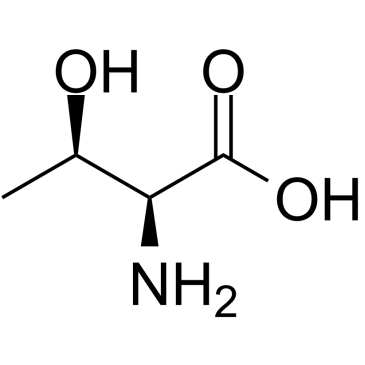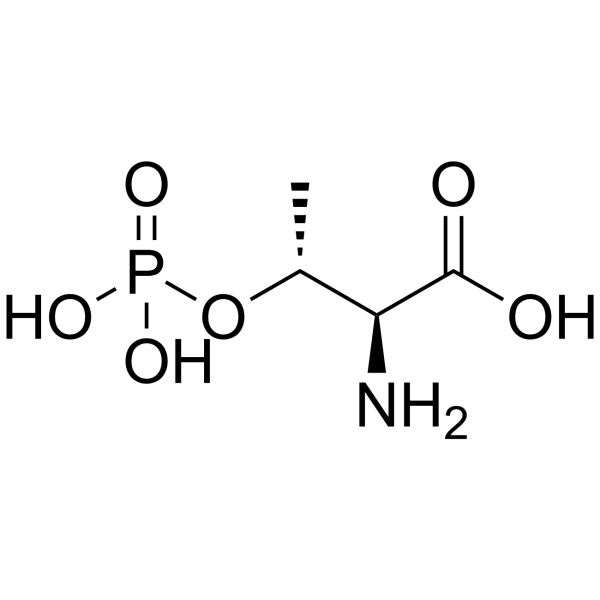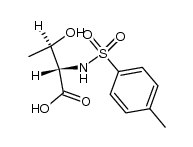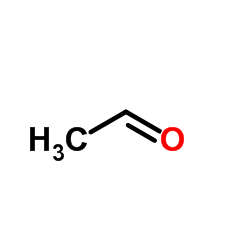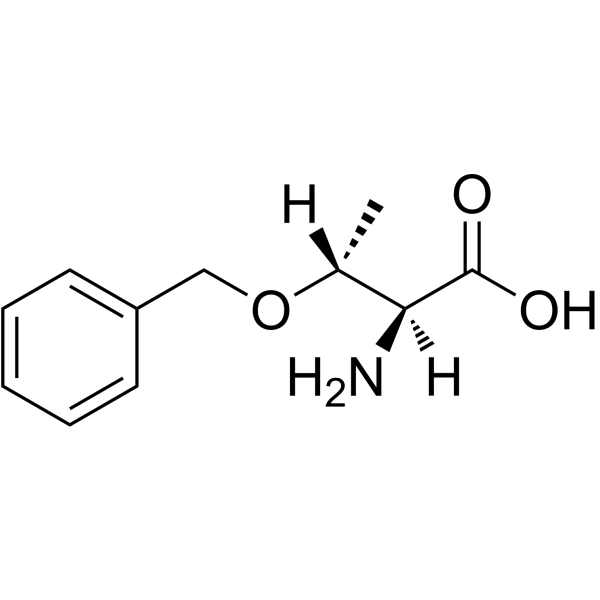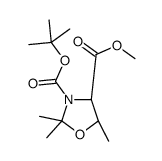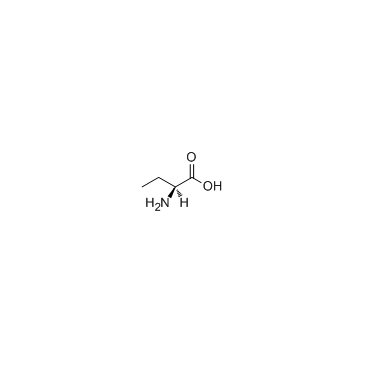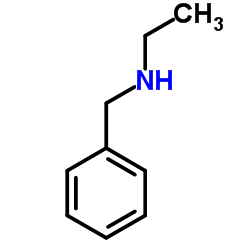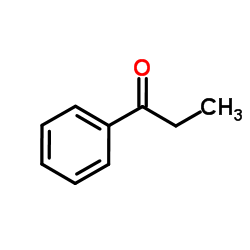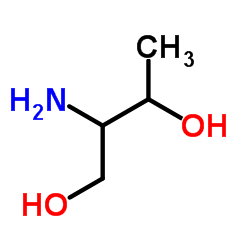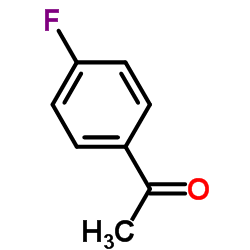72-19-5
| Name | L-threonine |
|---|---|
| Synonyms |
EINECS 200-774-1
L-Tlhreonine H-THR-OH L-Threonine (JP15) (2S,3R)-(-)-Threonine L-α-Amino-β-hydroxybutyric acid L-Threonine 2-Amino-3-hydroxybutanoic acid, (R-(R*,S*))- UNII:TFM6DU5S6A H-L-THR-OH MFCD00063722 THR (R-(R*,S*))-2-Amino-3-hydroxybutanoic acid L-2-Amino-3-hydroxybutyric acid Threonine (2S,3R)-Threonine [R-(R*,S*)]-2-Amino-3-hydroxybutanoic acid MFCD00064270 (2S,3R)-2-Amino-3-hydroxybutyric acid Butanoic acid, 2-amino-3-hydroxy-, (R-(R*,S*))- QY1&YZVQ &&L or (2S,3R)- Form (s)-threonine l-threonin (2S,3R)-2-Amino-3-hydroxybutanoic acid l-Thr Threonin |
| Description | L-Threonine is a natural amino acid, can be produced by microbial fermentation, and is used in food, medicine, or feed[1]. |
|---|---|
| Related Catalog | |
| References |
| Density | 1.3±0.1 g/cm3 |
|---|---|
| Boiling Point | 345.8±32.0 °C at 760 mmHg |
| Melting Point | 255ºC |
| Molecular Formula | C4H9NO3 |
| Molecular Weight | 119.119 |
| Flash Point | 162.9±25.1 °C |
| Exact Mass | 119.058243 |
| PSA | 83.55000 |
| LogP | -1.23 |
| Vapour Pressure | 0.0±1.7 mmHg at 25°C |
| Index of Refraction | 1.507 |
CHEMICAL IDENTIFICATION
HEALTH HAZARD DATAACUTE TOXICITY DATA
MUTATION DATA
|
| Personal Protective Equipment | Eyeshields;Gloves;type N95 (US);type P1 (EN143) respirator filter |
|---|---|
| Hazard Codes | Xi |
| Risk Phrases | 36/37/38 |
| Safety Phrases | S24/25 |
| RIDADR | NONH for all modes of transport |
| WGK Germany | 3 |
| RTECS | XO8590000 |
| HS Code | 29225000 |
| Precursor 7 | |
|---|---|
| DownStream 10 | |
| HS Code | 2922509090 |
|---|---|
| Summary | 2922509090. other amino-alcohol-phenols, amino-acid-phenols and other amino-compounds with oxygen function. VAT:17.0%. Tax rebate rate:13.0%. . MFN tariff:6.5%. General tariff:30.0% |


